
A Patient’s Perspective: The Emotional Burden of Stroke an Important Factor Clinicians often Overlook
A few years back, I was on my way to see a patient on the stroke unit. As I stood at the nursing station to...

A few years back, I was on my way to see a patient on the stroke unit. As I stood at the nursing station to...
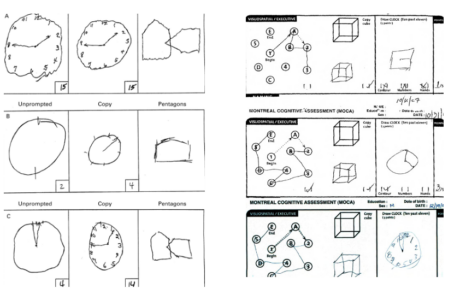
Abstract The need for stratification and a common scale amongst clinicians to evaluate and rate patients cognitive status has led to development of clinical scales...
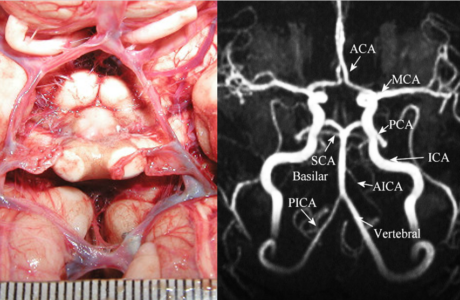
Abstract It is thought that over 50% of the population do not have a complete circle of Willis. This important web of arteries is a...
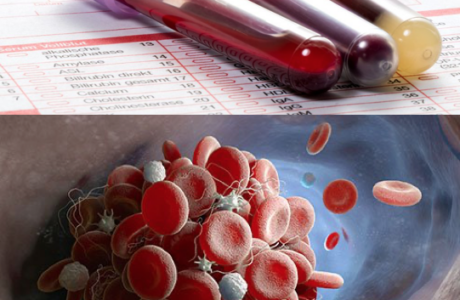
Abstract Lupus anticoagulant (LA) is associated clinically with thrombosis, not bleeding; most patients with LA do not have systemic lupus erythematosus. The laboratory hallmark of...
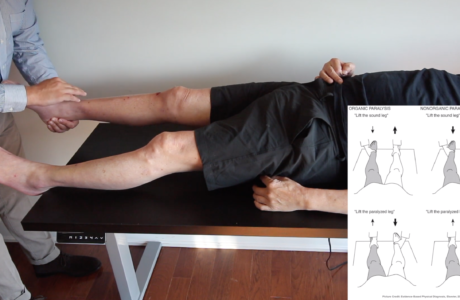
Abstract In acute settings, specifically in the emergency department, physicians often encounter patients with chief complaints of unilateral weakness or hemiparesis. Although imaging studies and...
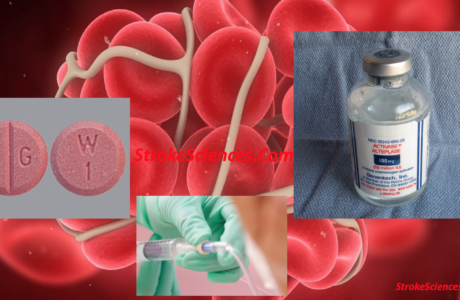
Abstract Thrombolysis is the current standard of care for ischemic stroke. In order to better understand its underlying mechanisms, a closer look at the basic...
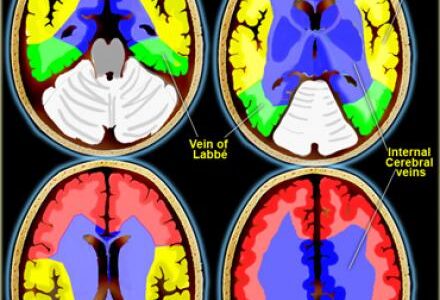
Abstract Stroke is a syndrome, an umbrella term for a group of different symptoms based on the location of ischemia, hemorrhage, or inadequate perfusion. In...
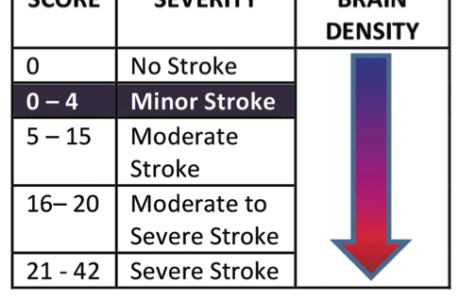
Introduction The National Institutes of Health Stroke Scale (NIHSS) is probably the most widely used assessment tool for determining the severity of stroke on neurological...

Introduction Clinically, muscle tone is assessed by judging the resistance of a patient’s limb to passive stretch. Damage to the descending motor pathways that terminate...
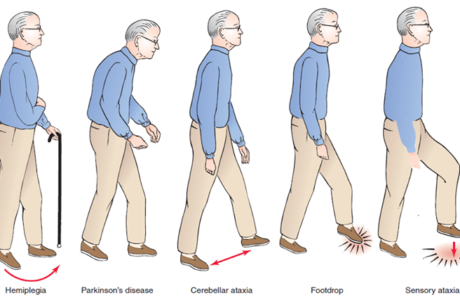
One of the main characteristic features of post-stroke gait, is the hemiparetic or hemiplegic gait. It is important to note, that in acute settings, patients...